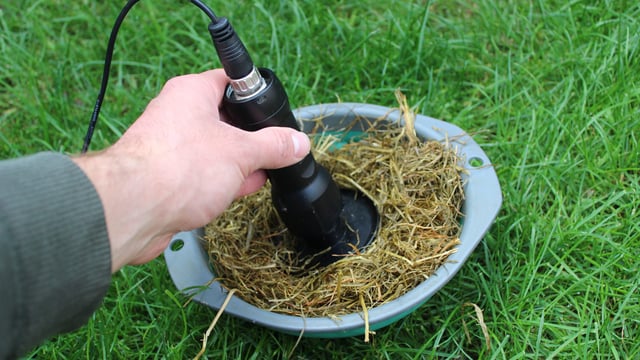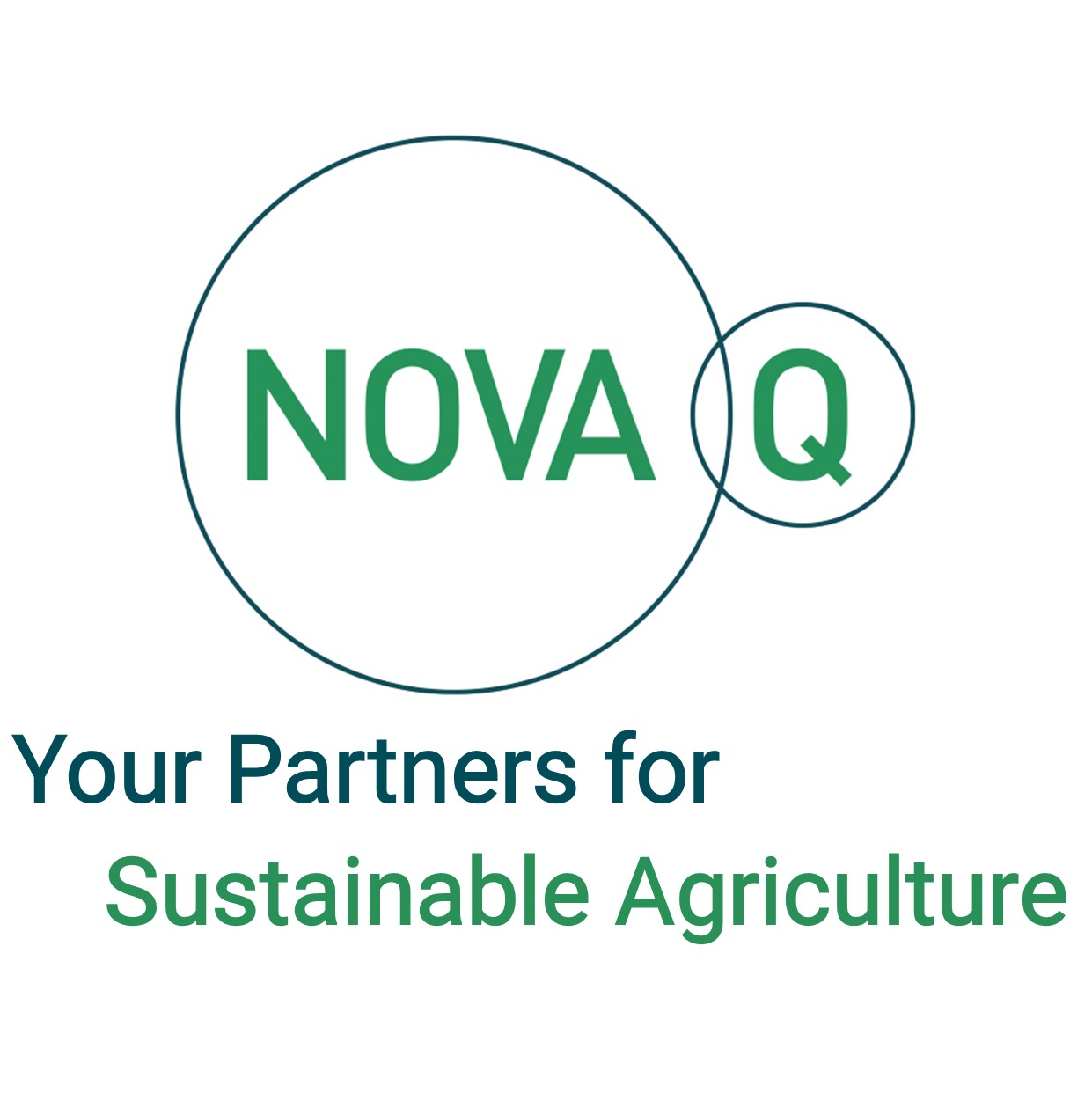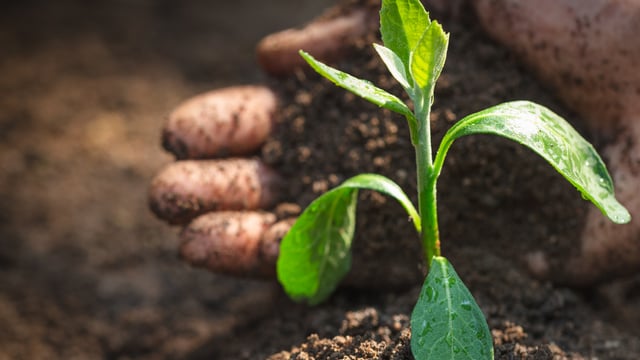'Timely' calf to beef event hears sector advancements
An International Dairy Calf to Beef Conference, organised by Teagasc in partnership with ABP Food Group and the British Society of Animal Science (BSAS) took place in Co. Wexford on Wednesday, October 16 and Thursday, October 17.
Speaking at the two-day event, Teagasc director of research, prof. Pat Dillon, said:
“This international dairy-beef conference is timely as it discusses advancements across the entire supply chain, from breeding and nutrition to health, processing, and marketing of beef calves originating from dairy herds."
The two-day event saw leading industry experts and international scientists from Ireland, the UK, New Zealand, Belgium, Denmark and Spain present research related to dairy calf-to-beef production.
"The use of sexed semen, advancements in reproductive technologies, and better beef sire selection offer opportunities for enhanced dairy-beef production efficiency,” the Teagasc research director added.
Beef researcher based at Teagasc Grange, Dr. Nicky Byrne looked at the evolution of Irish dairy beef production in the wake of market and policy change.
He said: “Dairy-beef production contributes significantly to total beef output in Ireland and is built around the efficient use of pasture with 80-90% of animals' lifetime feed requirement coming from grazed and conserved forages.
"Greater availability and use of reproductive and genetic selection tools provide opportunities for farmers to increase the quality of the dairy-beef calf crop by using higher merit beef sires.”
The conference heard how research-farm systems demonstrate that high-beef merit, early maturing steers can achieve a net margin exceeding €1,300/ha, with a carbon footprint under 13.0kg carbon dioxide equivalent (CO2e) per kilogram of carcass produced.
It was also outlined that these steers finish approximately six months earlier than the national average for dairy-beef steers, which is typically 27-months-of-age.
Teagasc researcher, Dr. Emer Kennedy, addressed the role of grass in the diet of the growing calf post weaning.
She stressed that pasture-based beef production offers a cost-effective, sustainable system for dairy-beef farming, with grazed grass being the cheapest feed source.
Kennedy said: “Increasing the proportion of pasture in the diet can improve economic and environmental efficiency.
"Grazing management practices such as rotational grazing are crucial for maximizing grass utilization and animal performance.
"Calves weaned to an all-grass diet at 12 weeks can achieve optimal growth with minimal supplementation, though early access to high-quality pasture and parasite management is crucial.”
She also said that offering multispecies swards, which include grasses, clover, and herbs, "can further increase daily weight gains, as shown by recent studies where dairy-beef calves on multi-species swards outperformed those on perennial ryegrass or clover-only swards".
As part of the event, delegates in attendance at day one of the event also visited Teagasc's Johnstown Castle in Co. Wexford and the ABP Demo Farm in Co. Carlow.





